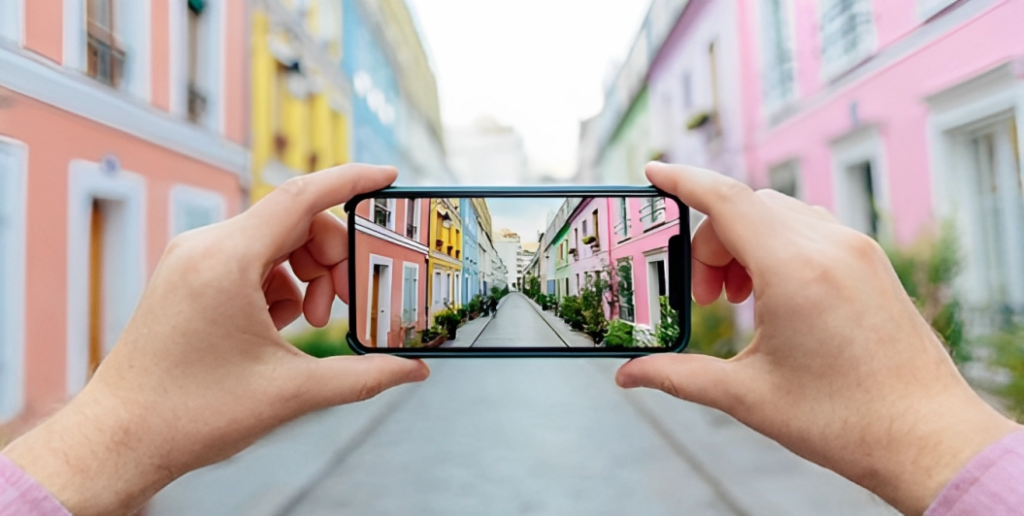Smartphone cameras have undeniably made photography accessible to the masses. Yet, in this age of rapid technological evolution, it’s not just the lens and sensors that are getting an upgrade. Artificial intelligence (AI) is weaving its magic into smartphone photography, and the results are nothing short of transformative. Here’s how.

1. Enhanced Image Quality
Gone are the days when smartphone images were synonymous with grainy, distorted shots. AI, with its deep neural networks and advanced algorithms, is rectifying aberrations to deliver impeccable image quality, often rivaling DSLRs.
2. The Dawn of Computational Photography
Computational photography, powered by AI, is redefining the horizons of imaging[^3^]. From stacking multiple exposures to achieve perfect lighting to adjusting depth-of-field post-capture, AI is enabling shots once deemed impossible for smartphone cameras.
3. Rise of the Smart Lenses
It’s not just about the software; AI is enhancing the hardware too. Smart lenses, guided by AI, adjust and optimize themselves, leading to clearer, distortion-free photographs.
4. Beauty Standards: A Double-Edged Sword
While AI’s prowess in enhancing selfies is undeniable, it poses a pressing question: Are we drifting away from reality? By perpetually enhancing and smoothing out imperfections, there’s a lurking danger of propagating unrealistic beauty standards.
5. A Keener Eye with Improved Autofocus
The frustration of blurred shots due to misfocusing might soon be history. AI is honing the autofocus capabilities of smartphone cameras, enabling them to rapidly recognize and lock onto subjects.
6. Recognizing Us, Perfectly
Whether it’s perfecting portrait mode or organizing photo libraries, AI’s capability to recognize people in images is refining both the capture and post-capture experience.
FAQs
Q1: How does AI manage to improve the image quality in smartphones? A: AI employs deep neural networks and advanced algorithms to correct visual aberrations and enhance image details, producing superior quality images.
Q2: What is computational photography? A: Computational photography, powered by AI, involves processing techniques that enhance or extend the capabilities of digital photography. It can combine multiple shots for better lighting, adjust depth after capturing, and more.
Q3: Are there any drawbacks to AI-enhanced photography? A: While AI greatly enhances image quality, it can sometimes lead to unrealistic beauty standards by over-smoothing or altering facial features. It’s essential to strike a balance between enhancement and authenticity.
Q4: How does AI contribute to better autofocus in cameras? A: AI uses machine learning to recognize, predict, and track subjects, ensuring the focus is rapid, accurate, and maintains clarity even in dynamic scenarios.
Conclusion
Artificial Intelligence is not just a buzzword in the realm of smartphone photography; it’s a game-changing force. While the advancements are thrilling and have catapulted smartphone photography to new heights, they also usher in a responsibility. As we embrace AI’s marvels, it’s imperative to be cognizant of its implications, ensuring that the line between reality and artificial enhancements remains discernible.
